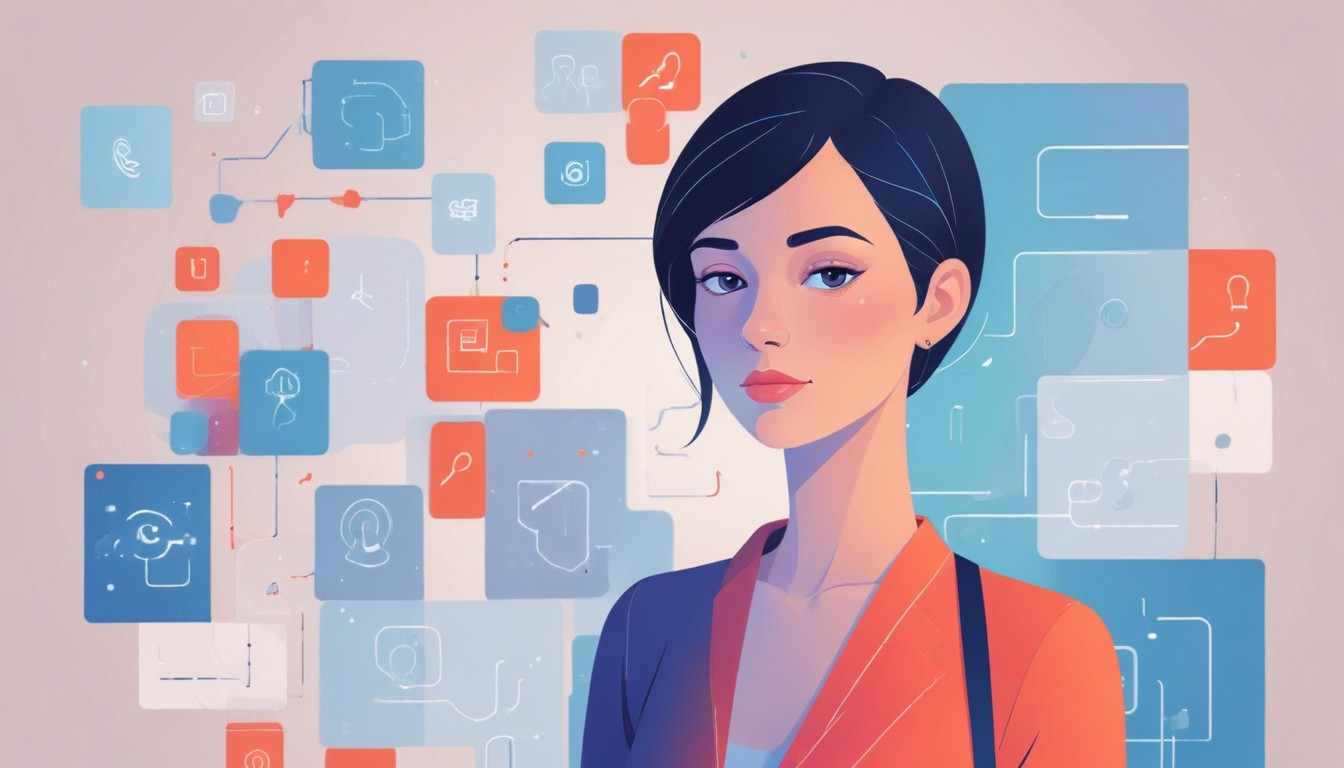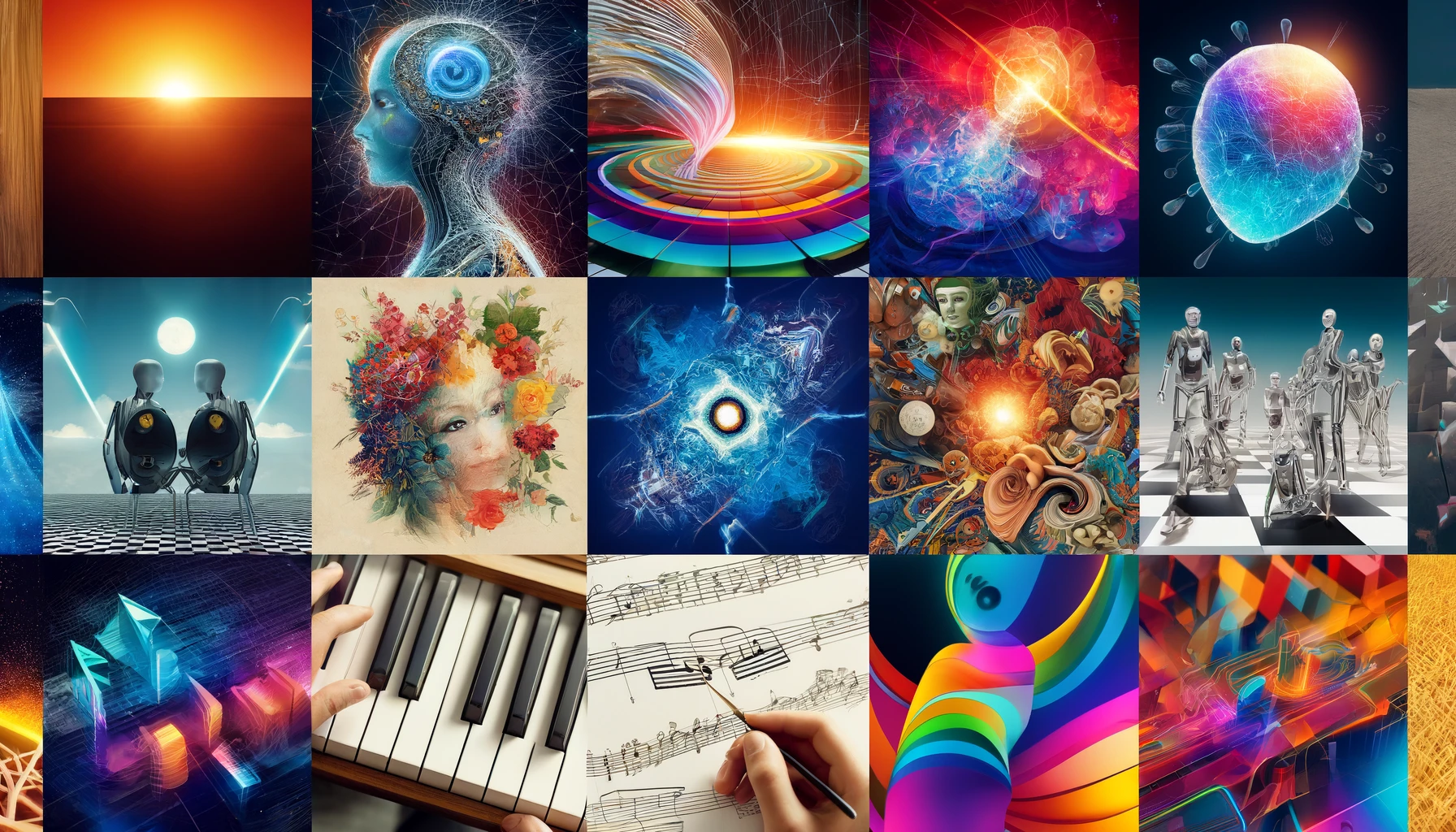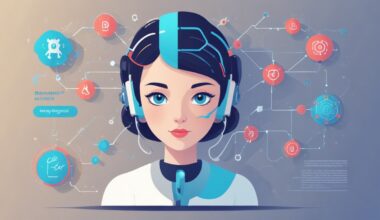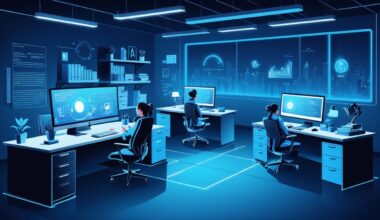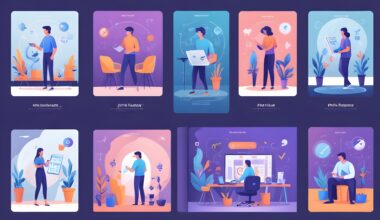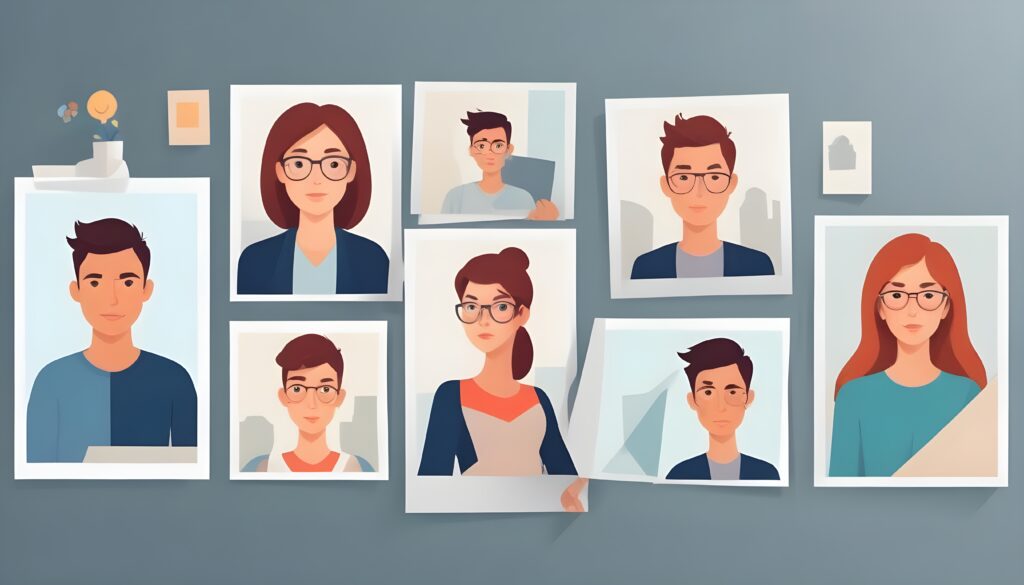
Understanding LoRAs in Generative AI
Low-Rank Adaptations (LoRAs) are revolutionizing the world of generative AI. Think of LoRAs as a clever way to make AI models smarter, faster, and more efficient. In the realm of generative AI, LoRAs help in creating everything from text and images to music and videos, making these creative processes more accessible and impactful.
Generative AI: A Quick Overview
Generative AI refers to AI systems capable of creating new content. These systems can write stories, compose music, design graphics, and even develop new recipes. Famous examples include OpenAI’s GPT (like the one you’re reading now) and DALL-E, which generates images from textual descriptions. LoRAs enhance these systems, making them more powerful and versatile.
How LoRAs Enhance Generative AI
Efficiency Boost
LoRAs make generative AI models run more efficiently. This means that these models can generate content faster without needing huge amounts of computational power. Imagine creating detailed artwork or composing a piece of music in a fraction of the time it used to take. This speed opens up exciting possibilities for real-time applications.
Better Quality Outputs
One of the key benefits of LoRAs is the improvement in the quality of generated content. By optimizing how AI models learn and generate new information, LoRAs help in producing more coherent and creative outputs. For instance, a text generation model can write more engaging stories, while an image generation model can create more realistic and detailed pictures.
Accessibility for All
LoRAs make advanced generative AI more accessible to everyone, not just large tech companies with vast resources. Smaller businesses, independent artists, and hobbyists can now use these powerful tools to create professional-grade content. This democratization of technology fosters innovation and creativity across various fields.
Real-World Applications of LoRAs in Generative AI
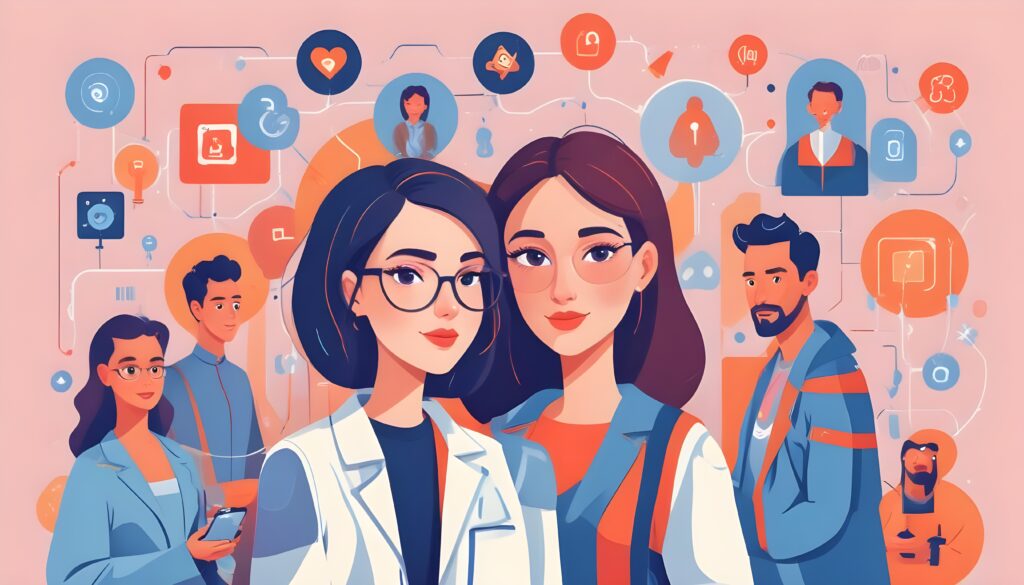
Creative Arts
Artists are using generative AI enhanced by LoRAs to create stunning visuals and music. Whether it’s generating unique digital art, designing intricate patterns, or composing new melodies, these tools provide artists with endless possibilities to explore their creativity.
Content Creation
In content creation, LoRAs help AI models generate high-quality text for blogs, marketing materials, and social media posts. Writers can use these tools to brainstorm ideas, get inspiration, and even draft complete articles, saving time and effort while maintaining a high standard of quality.
Personalized Experiences
Businesses are leveraging LoRAs in generative AI to offer personalized customer experiences. From customized marketing campaigns to tailored product recommendations, these AI systems can create content that resonates with individual preferences, enhancing customer engagement and satisfaction.
Entertainment Industry
The entertainment industry benefits significantly from generative AI powered by LoRAs. Movie studios can use these tools for scriptwriting, storyboarding, and even creating special effects. Game developers can generate immersive environments and characters, making games more dynamic and engaging.
The Future of LoRAs in Generative AI
Expanding Creativity
As LoRAs continue to evolve, the scope of what generative AI can achieve will expand. Future AI models will be capable of generating more complex and sophisticated content, pushing the boundaries of creativity and innovation. We can expect to see even more groundbreaking applications in fields like virtual reality, augmented reality, and interactive media.
Collaborative Creation
LoRAs will facilitate more collaborative creation processes. Imagine artists and AI working together seamlessly, with AI providing suggestions and enhancements while the artist directs the creative vision. This symbiotic relationship will lead to the creation of unique and innovative works that neither could achieve alone.
Ethical and Responsible AI
With the rise of generative AI, ethical considerations become increasingly important. LoRAs can help ensure that AI-generated content adheres to ethical guidelines, avoiding biases and respecting intellectual property rights. Responsible AI development will be crucial in maintaining public trust and fostering positive societal impacts.
Conclusion
LoRAs are transforming the landscape of generative AI, making these powerful tools more efficient, accessible, and capable of producing high-quality content. From enhancing creative arts and content creation to personalizing customer experiences and revolutionizing the entertainment industry, the impact of LoRAs is profound.
As we look to the future, the continued evolution of LoRAs promises to unlock new levels of creativity and innovation, enabling collaborative creation and ensuring ethical AI practices. Embracing these advancements will open up exciting opportunities for artists, businesses, and technologists alike, driving the next wave of AI-powered creativity and transformation.
